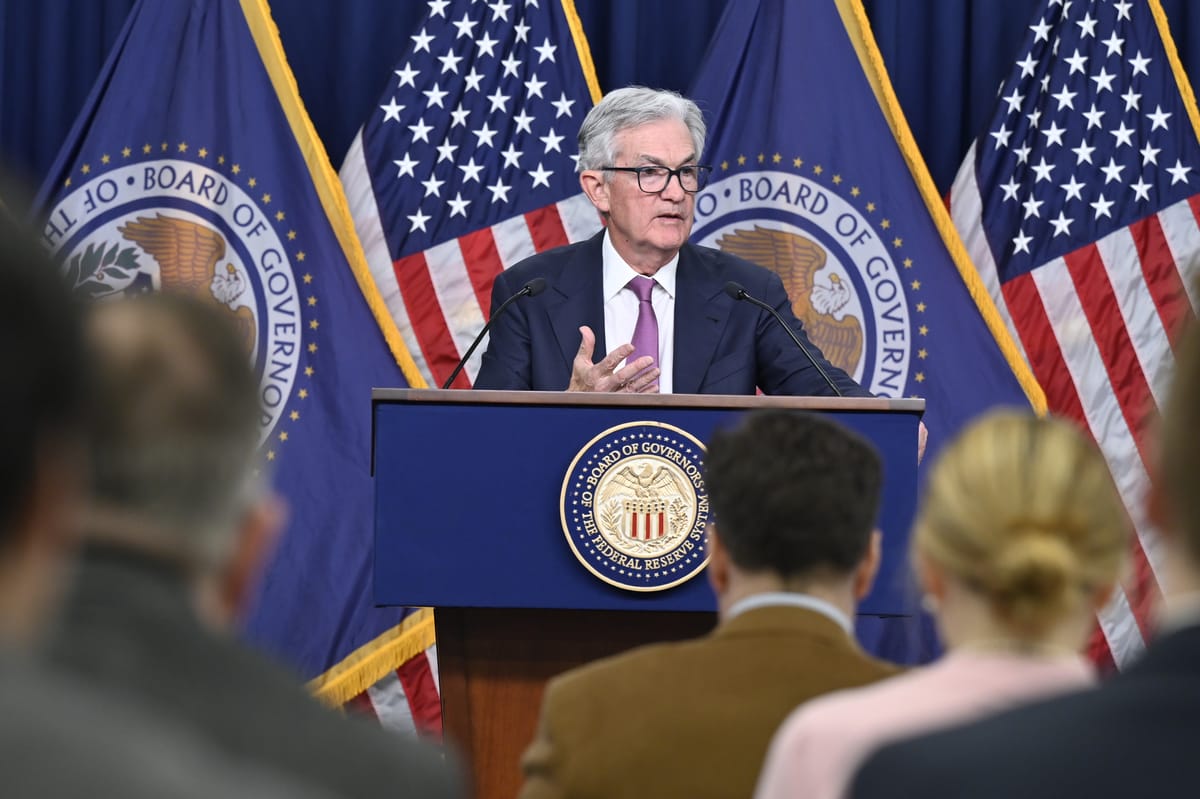Sentiment analysis of Fed press-conferences: tracking hawkish and dovish trends in monetary policy.
Using the Advance Macro FOMC Hawk/Dove Index as a framework, the article analyses the Fed's communication tone during press conferences. The historical analysis highlights significant shifts in tone, particularly during important events like the COVID-19 pandemic and the Ukraine invasion.

Already have an account? Sign in.
